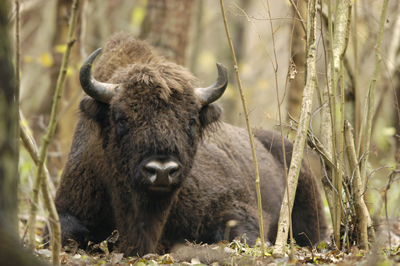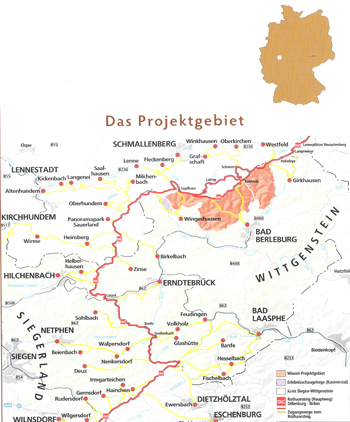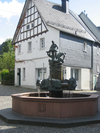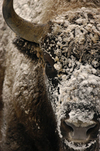Bisons in the Wittgensteiner Land

The Wittgensteiner Land has one more attraction.
Altogether 25 animals are going to be roaming through the forests, an area of around 4.300 hectares (as large as Manhattan). The animals will be coming from zoos, animal parks or game parks. Important for the success: In the first phase, up to twelve bisons are being familiarised in a project area with a size of 80 hectares, before the actual release.
Here, they can get used to the habitat, form a tight social group and then start to reproduce. In addition, this project phase serves especially for the collection of scientific findings in this project, which is unique in western Europe.
A target population of 25 animals has been determined. All surplus animals will be caught and made available for other projects or brought to zoos, animal parks and game reserves. After the final release, the animals will still be intensely scientifically accompanied. Involved in this project is the Siegen University, the Johann-Wolfgang-Goethe-University Frankfurt a.M. and the University Göttingen. Among other things, in this phase, one wants to document the effects of bisons in the natural environment. A steering group, consisting of specialist representatives of different disciplines, institutions and local citizens watches over the scheduled programme of the bison-project.

The project
Worldwide, there are around 4.000 bisons – this number shouldn't detract from the actual threat of this species. The bison is still endangered and is at the top of the Red List of worldwide endangered species. All living animals stem from twelve founder animals, thus the genetic variability is low and the animals are prone to illness. The new establishment of many bison-populations spaced apart can help to minimise the risk of extinction.
This protection of species project is so special because: No other project can show so vividly, that even in densely populated Germany, with the suitable management, a basis of life can be created for formerly large indigenous mammals in privately owned forest, thus uniting human exploitation interests with the animals demands for living space.
The long-term resettling of free roaming bison in the Rothaar Mountains, is right now, one of the internationally most watched species protection projects. Europe-wide, conservationists are interested in the release of the animals in the Wittgensteiner woods near Bad Berleburg.
The bisons revitalise the forest in the Rothaar Mountains. There ecological function as herbivores is in our countryside vacant. Where bisons are grazing, clearings stay open and a species-rich grassland is being created. When the animals with their massive bodies take dust baths for their body-care, structuring the vegetation and ground with bites and steps, micro-habitats are created, which secure the habitat for the specialist of the fauna and flora endangered species.

 Deutsch
Deutsch Nederlands
Nederlands Dansk
Dansk Österreichisch
Österreichisch Po Polsku
Po Polsku Italiano
Italiano Francaise
Francaise Portugiesisch
Portugiesisch









